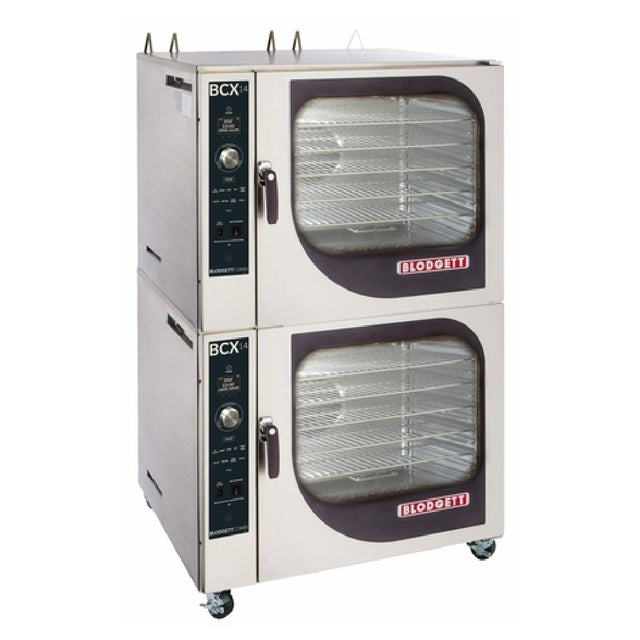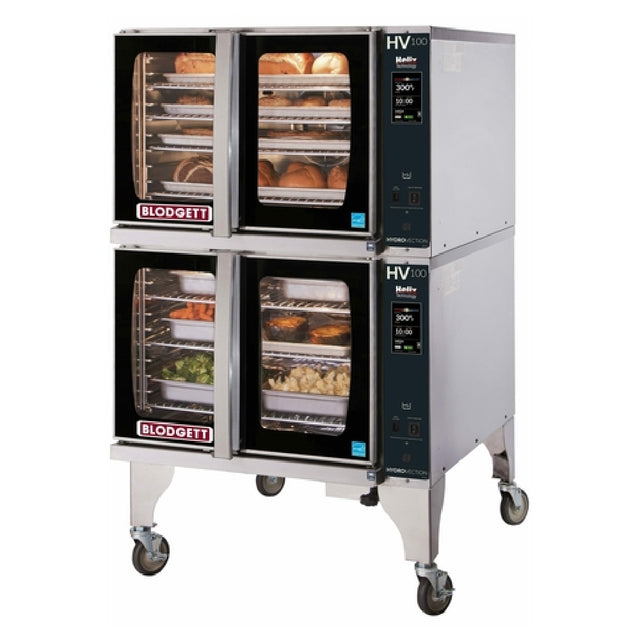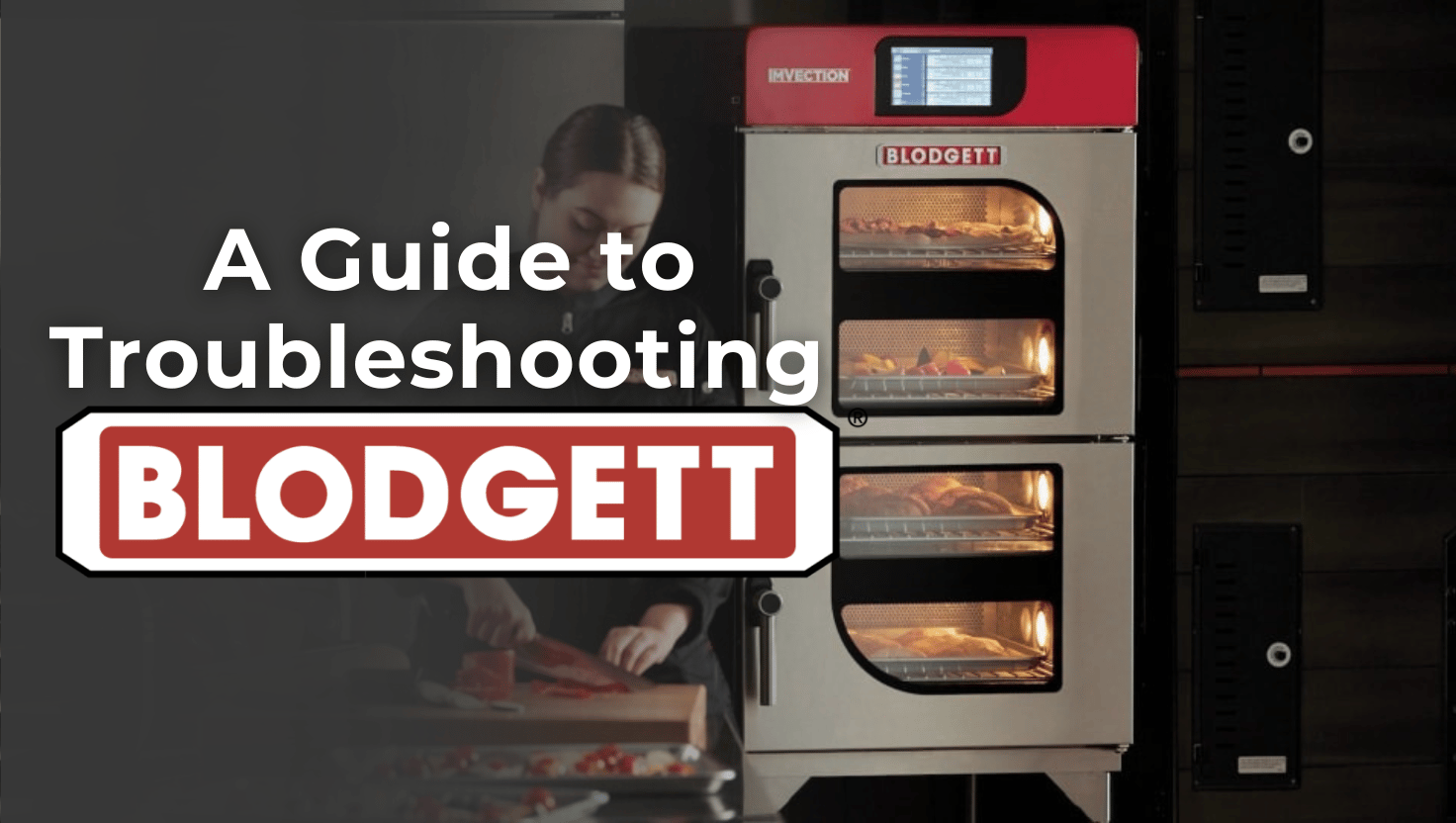Have you ever wondered why your A D Blodgett environment isn’t heating up like an oven? If your equipment isn’t performing as expected, it can be frustrating and costly.
Understanding the difference between an environment and an oven is key to getting the results you want. You’ll discover what makes the A D Blodgett environment unique, why it’s not designed to act like an oven, and how to use it effectively.
Keep reading to unlock the secrets that will help you get the most from your setup.
Key Features Of A D Blodgett Environment Not Oven
The A D Blodgett Environment Not Oven is designed for precise cooking needs. It offers consistent results with easy operation.
This oven focuses on efficiency and safety. It suits busy kitchens that need reliable performance.
Design And Build
The oven has a sturdy metal frame for long use. Its compact size fits well in small kitchen spaces.
It uses quality materials that resist heat and wear. The front has a clear window to check food without opening the door.
- Strong stainless steel construction
- Compact and space-saving design
- Clear glass door for easy viewing
- Simple control panel layout
Temperature Control
The oven features precise temperature settings. Users can set exact heat levels for different recipes.
It keeps temperature stable during cooking. This ensures food cooks evenly every time.
- Adjustable temperature dial or digital control
- Wide temperature range for varied cooking
- Fast heat-up to save time
- Even heat distribution inside the oven
Safety Mechanisms
The oven includes safety features to protect users. It prevents overheating and reduces fire risk.
It has an automatic shutoff if left on too long. The door locks during operation to avoid burns.
- Overheat protection system
- Auto shutoff timer
- Locking door mechanism
- Cool-touch exterior surfaces

Credit: www.restaurantsupply.com
Preparing For Safe Operation
Using the A D Blodgett Environment Not Oven safely starts with proper preparation. Careful steps help prevent accidents and ensure smooth operation.
This guide covers key points for safe setup and checks before using the oven.
Installation Guidelines
Install the oven in a well-ventilated area. Make sure the surface is level and strong enough to hold the oven’s weight.
Keep the oven away from flammable materials and water sources. Follow all local electrical codes when connecting power.
- Choose a flat, stable surface for installation
- Keep at least 6 inches of space around the oven
- Ensure proper ventilation to avoid heat buildup
- Use a dedicated electrical circuit with correct voltage
Initial Setup Steps
Before first use, clean the oven interior with a damp cloth. Remove all packing materials and check for damage.
Set the temperature controls according to the manual. Make sure all buttons and switches work properly.
- Clean inside surfaces to remove dust or residue
- Check door seals for tight closing
- Test power on and off functions
- Set temperature to a low level for initial heating
Pre-use Inspection
Inspect the oven before each use. Look for signs of wear, loose parts, or damage.
Check the power cord and plug for cracks or frays. Confirm the oven door closes securely and the controls respond correctly.
- Examine the oven for cracks or dents
- Ensure the power cable is intact and connected
- Verify door latches properly and seals tightly
- Test control panel for correct operation
Operating The Oven Safely
Using the A D Blodgett Environment Not Oven requires care to keep you safe. This oven heats food and materials, so follow safety rules.
Safety helps prevent burns, fires, and other accidents. Learn how to use the oven correctly to avoid problems.
Correct Usage Practices
Always read the oven manual before use. Set the temperature and time as recommended for your cooking.
Do not overload the oven. Keep the door closed while it is working to keep heat inside.
- Check oven settings before starting
- Use appropriate cookware for the oven
- Do not use the oven for storage
- Clean the oven regularly to avoid buildup
Handling Hot Surfaces
The oven’s surfaces can get very hot during use. Always use oven mitts or heat-resistant gloves when touching parts.
Be careful when opening the oven door. Hot steam or air can cause burns if you get too close.
- Wear gloves to protect your hands
- Open door slowly to release heat safely
- Keep children away from the oven when hot
- Use tools to remove hot trays or pans
Avoiding Common Hazards
Do not leave the oven unattended while it is on. Unattended ovens can cause fires or damage.
Keep flammable materials away from the oven. Avoid placing paper, cloth, or plastic near hot parts.
- Turn off the oven after use
- Place the oven on a stable, heat-resistant surface
- Do not block ventilation openings
- Report any strange smells or smoke immediately

Credit: therestaurantwarehouse.com
Maintenance And Cleaning Tips
Keeping your A D Blodgett Environment Not Oven clean helps it work well. Regular care stops problems and extends its life.
This guide gives simple steps for cleaning and maintenance. Follow these tips to keep your oven safe and efficient.
Routine Cleaning Procedures
Clean the oven inside and outside often. Remove food spills and grease to avoid damage and bad smells.
Use soft cloths and mild cleaners. Avoid harsh chemicals that can harm oven parts.
- Turn off and unplug the oven before cleaning
- Wipe interior surfaces with warm soapy water
- Clean the glass door gently with non-abrasive cleaner
- Dry all surfaces with a soft towel
- Check and clean the door seals to keep heat in
Preventive Maintenance
Regular maintenance helps prevent breakdowns. Check parts and fix small issues early to avoid bigger problems.
Keep the oven in a dry place and avoid overloading it. Follow the manufacturer’s instructions for use and care.
- Inspect heating elements for signs of wear
- Ensure fans and vents are clear of dust
- Test temperature controls regularly
- Lubricate moving parts if recommended
- Schedule professional inspections yearly
Troubleshooting Common Issues
If your oven does not heat properly, check power supply first. Many problems come from loose plugs or tripped breakers.
Look for error codes on the display. Clean sensors and replace parts as needed to fix faults.
- Oven won’t turn on: check the power cord and outlet
- Uneven heating: clean or replace heating elements
- Door won’t close properly: inspect and clean seals
- Unusual noises: clear vents and check fan blades
- Display errors: reset oven or contact support
Emergency Procedures
Knowing emergency procedures is important in the A D Blodgett Environment Not Oven. Quick action can save lives and reduce damage. Everyone should understand what to do in emergencies.
This guide explains how to shut down quickly, handle fires, and give first aid for burns safely.
Shutting Down Quickly
In an emergency, stop the oven immediately. Turn off the main power switch without delay. This prevents further danger and stops the oven from heating.
Follow these steps to shut down fast:
- Locate the emergency stop button or main power switch.
- Press or switch it to cut off power.
- Alert others to evacuate the area.
- Call for help if needed.
Dealing With Fires
If a fire starts, act quickly but stay calm. Use the right fire extinguisher for the type of fire. Never use water on electrical or grease fires.
Remember these safety tips:
- Alert everyone nearby and call emergency services.
- Use a Class C fire extinguisher for electrical fires.
- Use a Class B fire extinguisher for grease fires.
- Do not block exits or try to fight large fires.
- Evacuate immediately if the fire grows.
First Aid For Burns
Burns from the oven need quick care to reduce pain and damage. Cool the burn with clean, cold water for 10 to 20 minutes. Do not use ice or creams.
Follow these first aid steps:
- Remove any tight items or jewelry near the burn.
- Cool the burn under running water.
- Cover the burn with a clean, non-stick bandage.
- Do not break blisters or remove loose skin.
- Seek medical help for large or severe burns.

Credit: www.restaurantsupply.com
Energy Efficiency And Environmental Impact
The A D Blodgett Environment Not Oven focuses on saving energy. It helps reduce power use in kitchens.
This oven also lowers pollution. It supports cleaner air and a healthier environment.
Optimizing Energy Use
The oven uses advanced insulation to keep heat inside. This reduces the energy needed to cook food.
It also heats up quickly. Fast heating saves electricity and time in busy kitchens.
- Strong insulation limits heat loss
- Quick start-up lowers energy consumption
- Even heat distribution reduces cooking time
Reducing Emissions
This oven produces less smoke and fumes. It uses cleaner burning technology for cooking.
Lower emissions help improve indoor air quality. It also reduces harmful gases released outside.
- Cleaner fuel use cuts smoke output
- Advanced filters reduce harmful particles
- Efficient combustion lowers carbon emissions
Sustainable Practices
The oven is made with recycled materials. It supports using fewer new resources.
It also has a long life span. This means fewer ovens are thrown away, cutting waste.
- Uses recycled metals and parts
- Designed for easy repairs and upgrades
- Durable build reduces replacement needs
Frequently Asked Questions
What Is A D Blodgett Environment?
A D Blodgett Environment refers to a specific setting associated with A D Blodgett. It emphasizes sustainability, education, and community well-being. This environment is not related to an oven or cooking but rather focuses on nurturing holistic growth and development.
It encourages practices that support environmental conservation and community engagement.
How Does A D Blodgett Contribute To Sustainability?
A D Blodgett contributes to sustainability by implementing eco-friendly practices. These include resource conservation, waste reduction, and community education. Their initiatives aim to foster environmental awareness. They promote sustainable living through workshops, community events, and partnerships. Their efforts help in creating a more sustainable and eco-conscious community.
Why Is A D Blodgett Not Related To An Oven?
A D Blodgett is not related to an oven because it focuses on environmental and community initiatives. The name might cause confusion, but it is distinct from any kitchen appliances. Their mission revolves around sustainability and community welfare, which are unrelated to cooking or baking equipment.
What Are The Key Features Of A D Blodgett Environment?
Key features of A D Blodgett Environment include sustainability, education, and community engagement. They focus on eco-friendly practices and resource conservation. The environment supports holistic growth and environmental awareness. They offer workshops and events to educate the community on sustainable living.
Their initiatives aim to foster a healthier planet.
Conclusion
Choosing the right environment for your A D Blodgett oven matters. It helps the oven work well and last longer. Keep the oven in a dry, clean place with good air flow. Avoid places with too much heat or moisture.
Regular care and proper setup prevent problems and save money. A good environment means safer and better cooking every time. Think about your oven’s space carefully. Small changes can make a big difference in how it performs.

